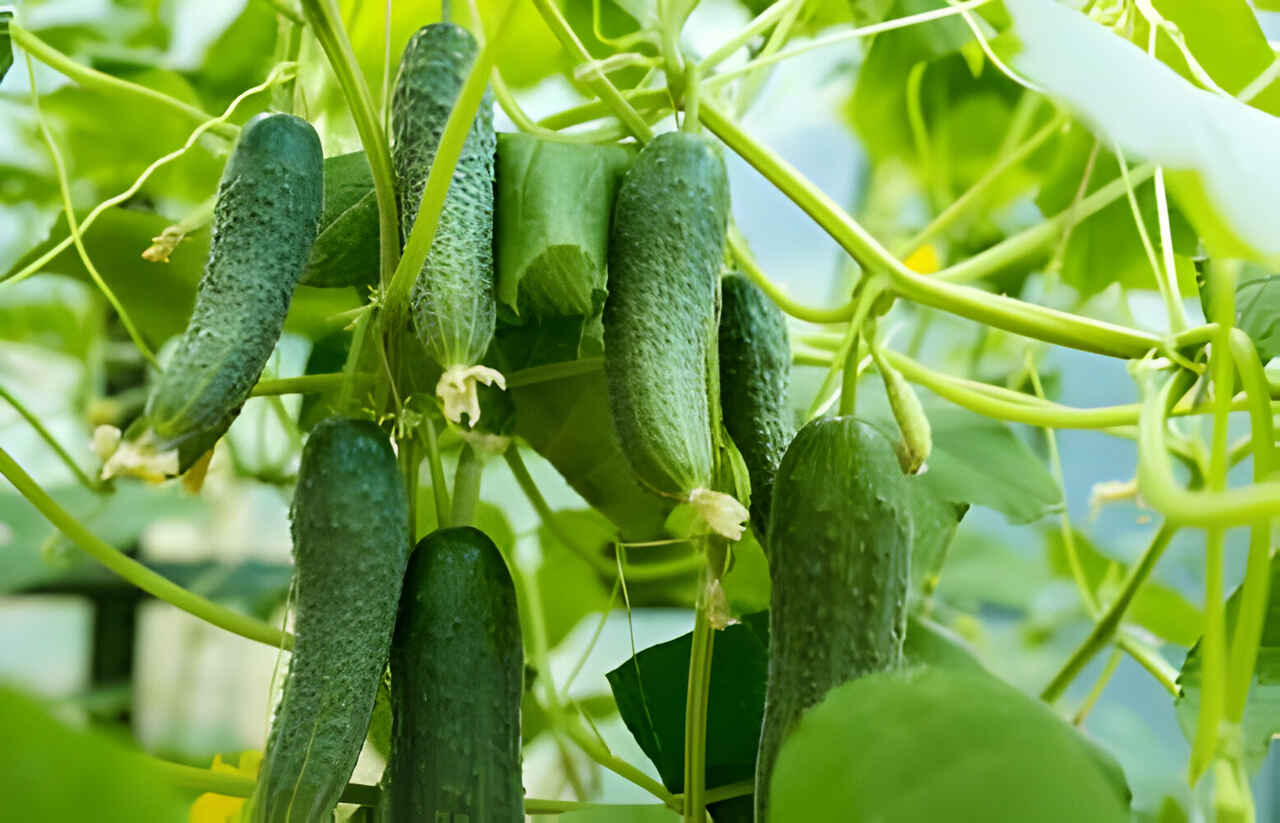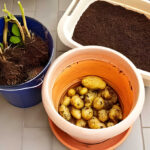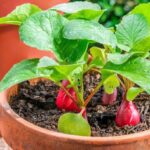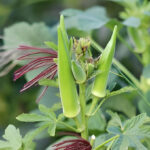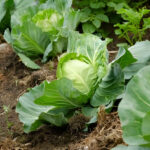Cucumbers are a versatile vegetable, perfect for salads, pickling, or even just a refreshing snack on a hot day.
But did you know that they can thrive in a pot just as well as they do in a garden? Yes, you heard it right! With the right care and conditions, you can grow your own cucumbers in pots, yielding a plentiful harvest even in the smallest of spaces.
In this article, we will guide you through the process of growing cucumbers in pots, from choosing the right pot and cucumber variety, to planting, caring, and finally, harvesting your cucumbers.
1. Choosing the Right Pot
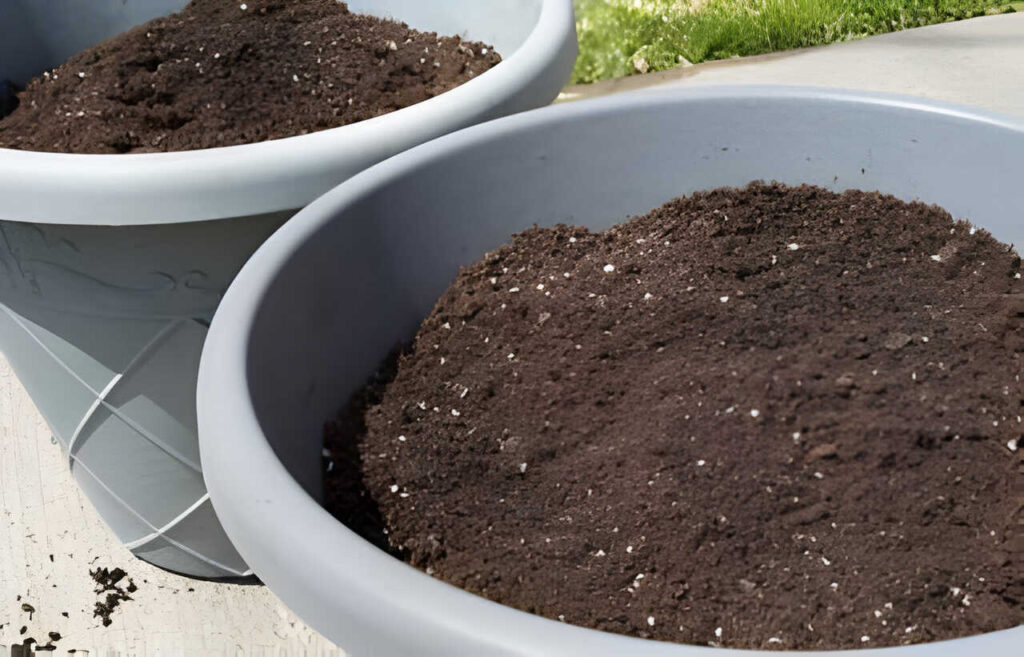
When it comes to growing cucumbers in pots, the choice of the pot is just as important as the choice of the cucumber variety. Here are some factors to consider when choosing the right pot for your cucumbers:
Size and Depth: Cucumbers have deep root systems and need plenty of room to grow. Therefore, choose a pot that is at least 12 inches deep. The width of the pot should also be at least 12 inches to allow for ample growth.
Material: Pots can be made from a variety of materials, including plastic, clay, and ceramic. Each material has its pros and cons. Plastic pots are lightweight and inexpensive, but they may not last as long. Clay and ceramic pots are more durable and provide better insulation, but they are heavier and more expensive.
Drainage: Good drainage is crucial for cucumber plants. Excess water can lead to root rot and other problems. Make sure your pot has one or more holes at the bottom to allow excess water to escape.
2. Selecting the Right Cucumber Variety
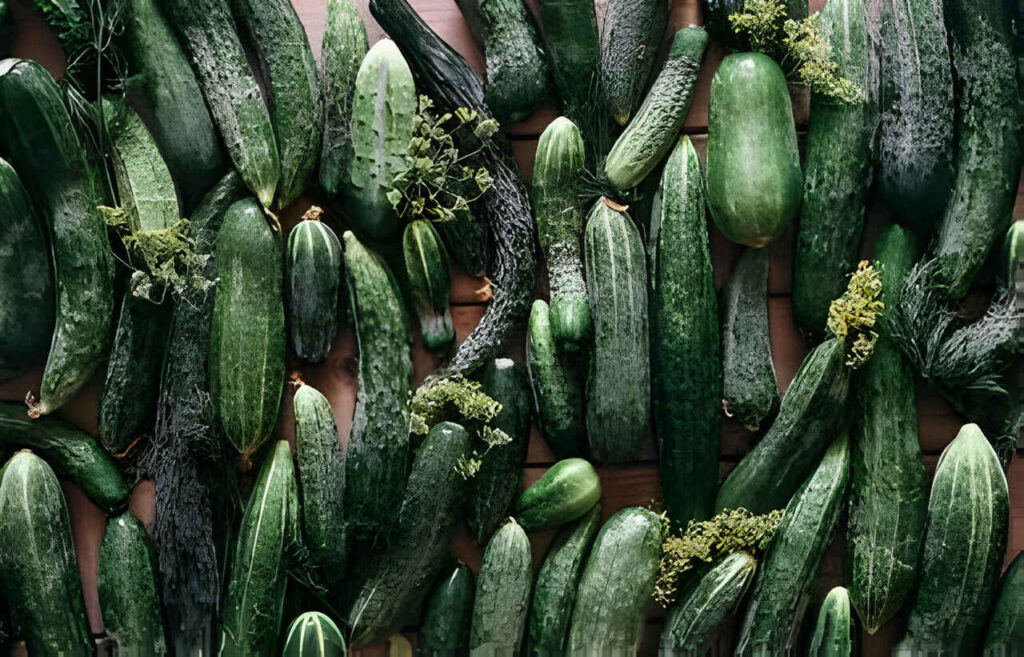
Choosing the right cucumber variety is crucial when growing cucumbers in pots. Not all cucumbers are created equal, and some are better suited for container gardening than others. Here are some things to consider:
Vining vs. Bush Varieties: Cucumbers come in two main types: vining and bush. Vining cucumbers grow on long vines and typically produce more fruit, but they also require more space or a trellis for support. On the other hand, bush varieties are more compact and better suited for pot growing, but they might not yield as much fruit.
Recommended Varieties for Pot Growing: Some cucumber varieties are particularly well-suited for growing in pots. These include Salad Bush, Bush Champion, Patio Pickle, and Spacemaster. These varieties are known for their compact growth habit and high yield, making them ideal for container gardening.
3. Planting the Cucumbers
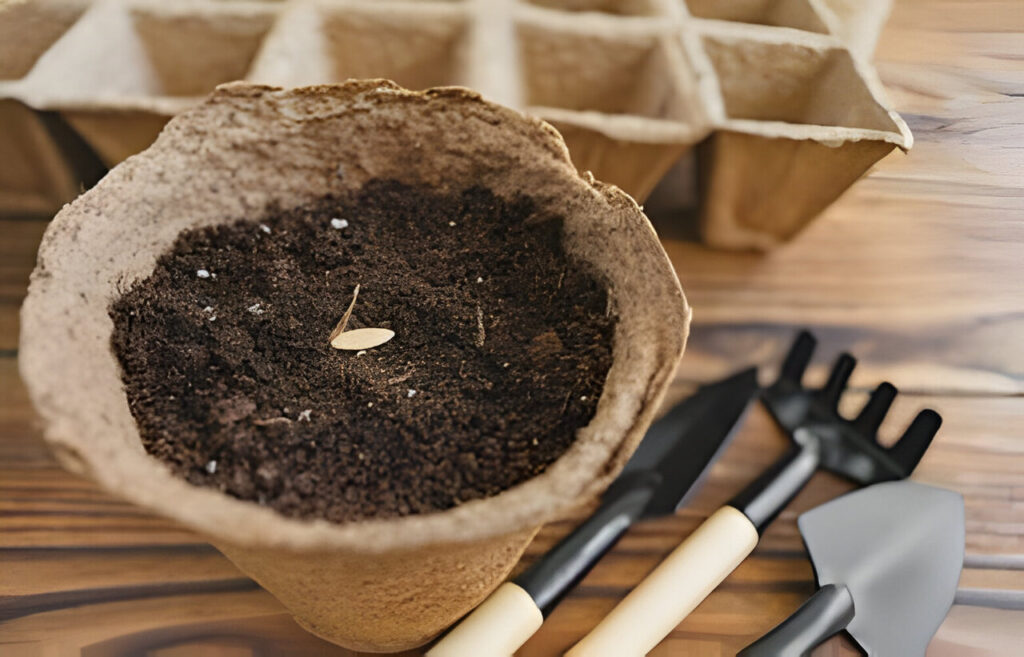
Once you’ve chosen your pot and cucumber variety, it’s time to get planting. Here’s a step-by-step guide on how to plant your cucumbers:
When to Plant: The best time to plant cucumbers is after the last spring frost, when the soil has warmed up to at least 70°F. Cucumbers are warm-season crops and do not tolerate frost.
Preparing the Pot and Soil: Fill your pot with a good-quality potting mix, leaving about an inch of space from the top. The soil should be rich in organic matter and well-draining. You can also add a slow-release fertilizer to the mix to provide nutrients throughout the growing season.
Planting Depth and Spacing: Plant your cucumber seeds about 1 inch deep into the soil. If you’re planting more than one seed in a pot, make sure to space them about 12 inches apart to give them enough room to grow.
Watering After Planting: After planting, water the soil thoroughly. The soil should be kept consistently moist, but not waterlogged.
4. Caring for Your Cucumber Plants
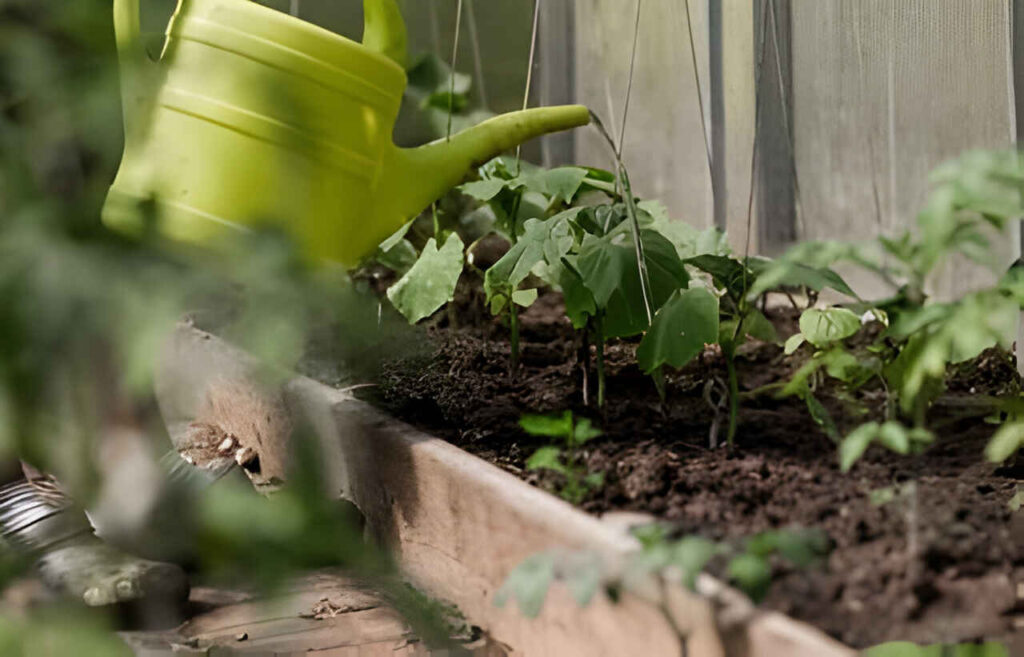
Once you’ve planted your cucumbers, the next step is to ensure they receive the proper care and attention they need to thrive. Here’s how to care for your cucumber plants:
Watering Needs: Cucumbers are thirsty plants and require consistent watering. Keep the soil evenly moist but avoid overwatering as this can lead to root rot. A good rule of thumb is to water deeply when the top inch of soil feels dry to the touch.
Sunlight Requirements: Cucumbers love the sun. Place your pots in a location where they will receive at least 6-8 hours of sunlight each day. If you’re growing cucumbers indoors, you may need to supplement with grow lights.
Temperature and Climate Considerations: Cucumbers prefer warm temperatures between 60°F and 90°F. They can be sensitive to both frost and extreme heat, so monitor the weather and move your pots indoors or provide shade as necessary.
Feeding Your Plants: Cucumbers are heavy feeders. Feed your plants with a balanced vegetable fertilizer to support their rapid growth. Follow the package instructions for application rates and frequencies.
Supporting Your Plants: If you’re growing a vining variety, provide a trellis or stake for the cucumbers to climb. This will help keep the fruit clean and make harvesting easier.
5. Pest and Disease Management
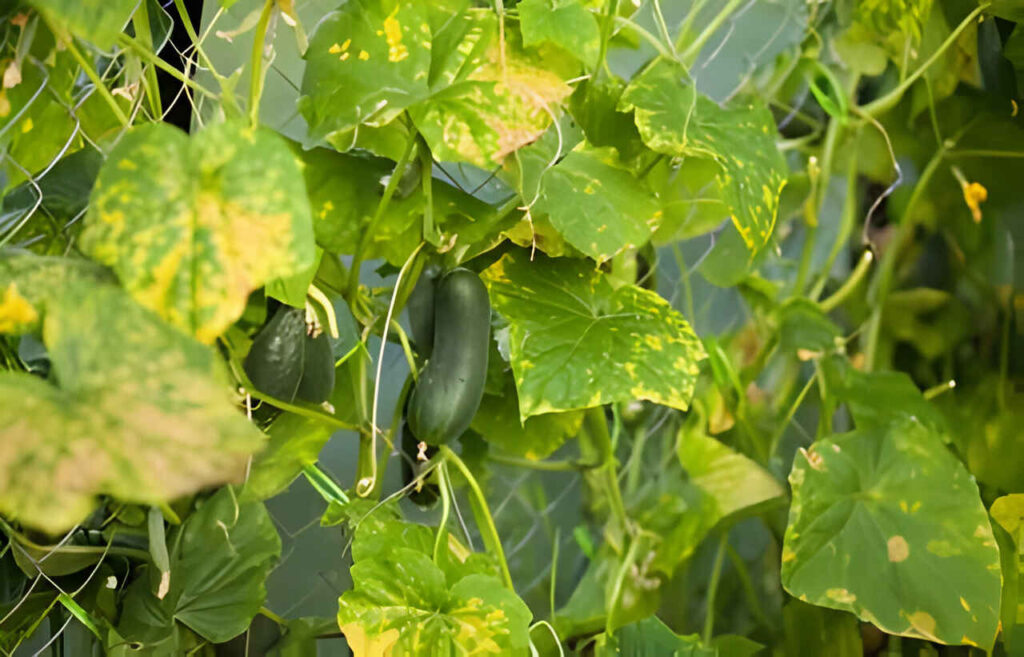
Growing cucumbers in pots doesn’t make them immune to pests and diseases. However, with the right strategies, you can keep your plants healthy and productive. Here are some common issues and how to manage them:
Common Pests
Aphids: These small, soft-bodied insects can cause leaves to curl and stunt growth. You can control aphids by spraying your plants with a mixture of water and mild dish soap.
Cucumber Beetles: These beetles can cause significant damage to both the leaves and the fruit. Use floating row covers to protect your plants or introduce beneficial insects like ladybugs that prey on these beetles.
Slugs and Snails: These pests love to munch on cucumber leaves. You can handpick them off or use a pet-safe slug bait around your pots.
Common Diseases
Powdery Mildew: This fungal disease causes a white, powdery substance on the leaves. Ensure good air circulation around your plants and use a fungicide if necessary.
Bacterial Wilt: This disease is often spread by cucumber beetles and causes the plants to wilt and die. Control the beetles to prevent the disease.
Treatment Options
Organic Treatments: These include introducing beneficial insects, using homemade sprays (like the soap and water mixture for aphids), or using organic pesticides.
Chemical Treatments: These should be used as a last resort and applied according to the package instructions. Always choose pesticides that are safe for use on edible plants.
Prevention is the best form of pest and disease management. Regularly check your plants for signs of trouble, and take action at the first sign of any issues.
6. Harvesting Your Cucumbers
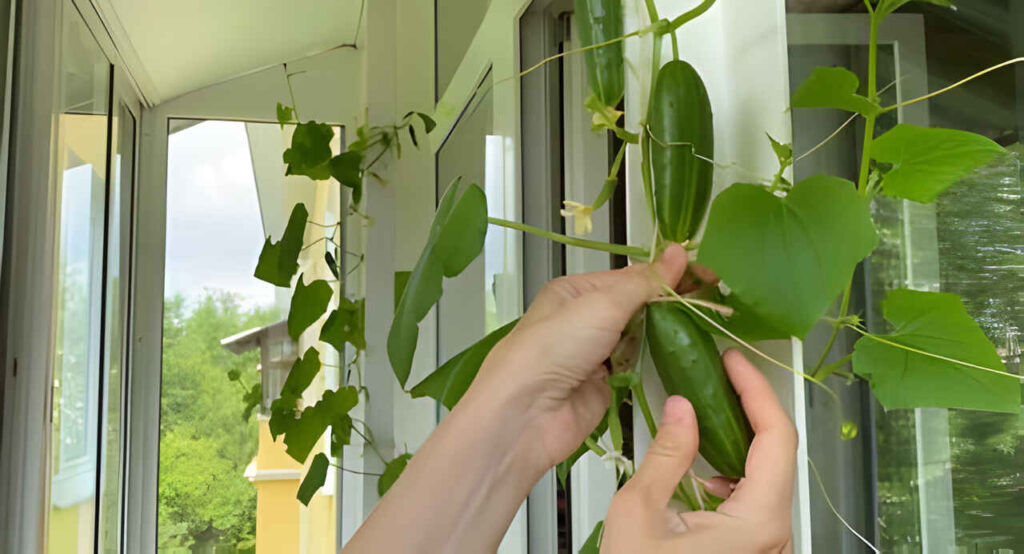
The moment you’ve been waiting for has finally arrived – it’s time to harvest your cucumbers! Here’s how to do it:
When to Harvest: The best time to harvest cucumbers depends on the variety and your personal preference. Generally, cucumbers are ready to harvest when they are firm, bright green, and their size is according to the variety’s specifications. However, if you prefer smaller, more tender cucumbers, you can harvest them earlier.
How to Harvest: To harvest your cucumbers, use a sharp knife or pruning shears to cut the stem above the fruit. Avoid pulling or twisting the cucumber as this can damage the plant and the fruit.
Post-Harvest Care: After harvesting, store your cucumbers in the refrigerator to keep them fresh. They are best used within a week of harvesting.
Regular Harvesting: Regular harvesting encourages the plant to produce more cucumbers. So, don’t be shy about picking your cucumbers as soon as they’re ready.
Conclusion
Growing cucumbers in pots is a rewarding endeavor that combines the joy of gardening with the practicality of space efficiency.
Whether you’re an urban dweller with a small balcony or a homeowner looking to make the most of your patio, this method allows you to enjoy fresh, homegrown cucumbers right at your fingertips.
Remember, gardening is a journey, not a destination. It’s about learning, experimenting, and growing along with your plants.
So, don’t be afraid to get your hands dirty and give pot-grown cucumbers a try. With patience, care, and a little bit of green thumb, you’ll be enjoying your own crunchy, refreshing cucumbers in no time.
FAQs
Choose a pot that is at least 12 inches deep and wide. It should have good drainage holes to prevent waterlogging. The material can be plastic, clay, or ceramic, each having its own pros and cons.
Regularly check your plants for signs of pests or diseases. Use organic treatments like introducing beneficial insects or homemade sprays, or chemical treatments as a last resort.
